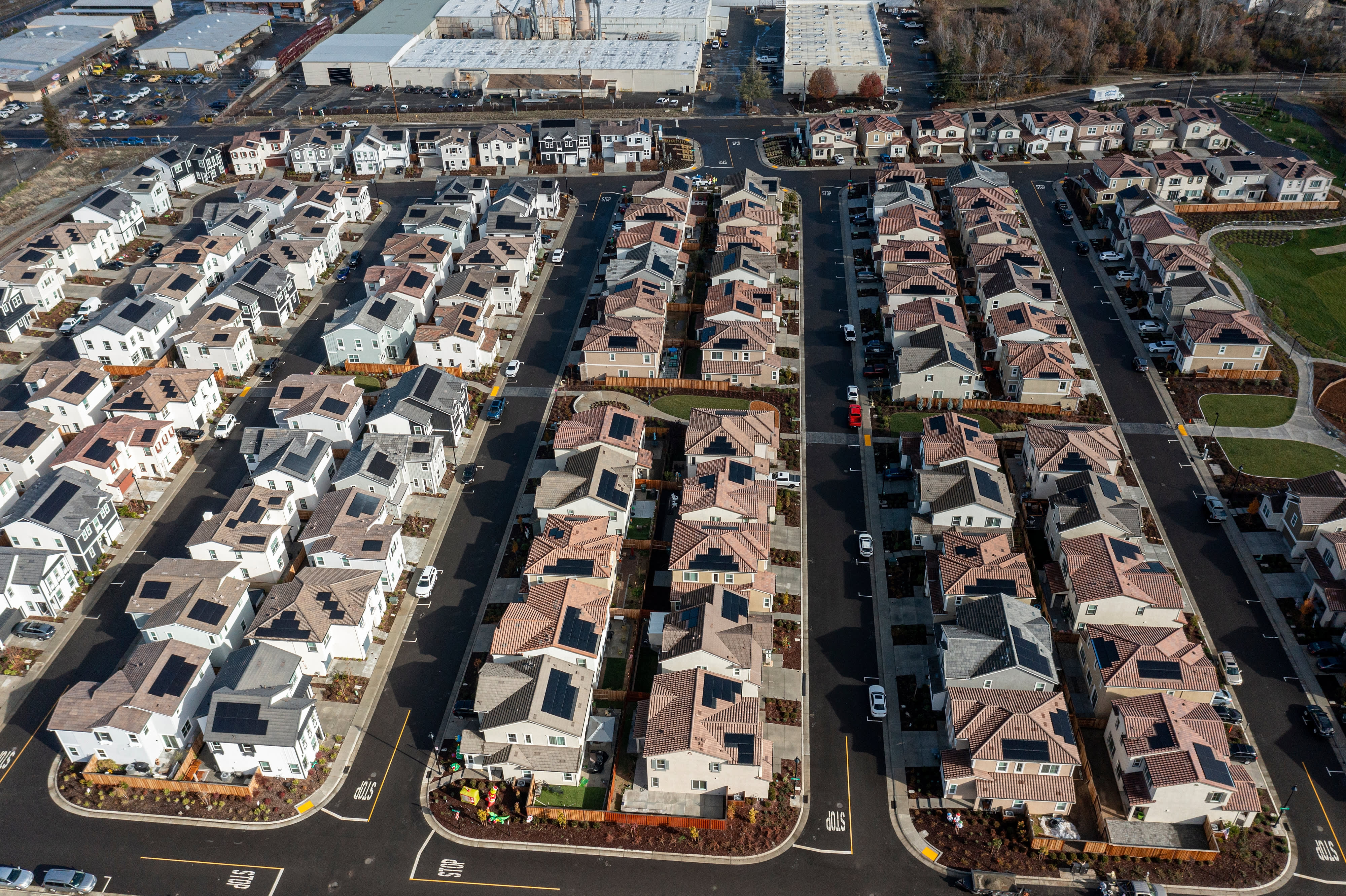The current state of housing affordability is extremely dire.

- The S&P CoreLogic Case-Shiller National Home Price Index showed a 6.3% increase in prices from April 2023 to April 2024.
- The median sale price has increased five times the median household income, resulting in a 47% increase in home prices since early 2020.
- Over 22 million renter households spent more than 30% of their income on housing this year, classifying them as cost-burdened.
Despite a rise in mortgage rates and an increase in the supply of homes for sale, home prices reached another record high in April. Unlike previous housing markets, today's market is unique.
The S&P CoreLogic Case-Shiller National Home Price Index shows that prices in April 2023 rose 6.3% compared to the same month in 2022. This increase marks the second consecutive month that the national index has jumped at least 1% above its previous all-time high.
Despite the three-month moving average showing price gains, the average rate on the 30-year fixed mortgage increased from 6.9% to 7.5% in April, as reported by Mortgage News Daily.
"According to Brian Luke, head of commodities, real and digital assets at S&P Dow Jones Indices, in a news release, "2024 is closely tracking the strong start observed last year, with March and April posting the largest rise seen prior to a slowdown in the summer and fall." "Heading into summer, the market is at an all-time high, once again testing its resilience against the historically more active time of the year.""
The annual and monthly gains on the price index are gradually decreasing, with March's annual gain being 6.5%.
The housing market in the U.S. is currently one of the least affordable, with both homeownership and renting being affected. A recent report from Harvard's Joint Center for Housing Studies reveals that the cost burden has reached a record high.
The median sale price is now five times the median household income, as home prices have increased by 47% since early 2020, according to a study.
Despite a slowdown in rent growth due to an increase in new apartment units this year, prices are still 26% higher than in 2020 and rising in three out of every five markets.
Over 22 million renter households spent more than 30% of their income on housing, with 12 million households spending more than half their income on rent.
For homeowners, 20 million are considered cost-burdened by their monthly payments.
All of those cost-burdened levels represent record highs.
According to the HJCH report, both homeowners and property owners are experiencing a significant increase in their insurance premiums and property taxes.
The housing market has been experiencing a supply and demand imbalance, with low supply due to a combination of factors including the 2008 financial crisis and the Covid pandemic-induced run on housing.
The total for-sale inventory has increased by 18% year over year, thanks to an 11% increase in new listings in April from March and a 16% increase from April 2023. Despite this, supply remains lean compared to the still-strong demand.
"In April, the sharp rise in mortgage rates made it even more difficult for many potential buyers to afford housing, causing the share of listings with a price cut to increase to 22.4%, the highest rate in six years, from 17.2% the previous year, according to Zillow's senior economist Orphe Divounguy."
Despite the slowdown in April sales, homes priced well sold in just 13 days, only three days slower than in April 2023.
In May, inventory increased to a 3.7-month supply, which is considered a balanced market between buyers and sellers.
Business News
You might also like
- Sources reveal that CNN is planning to let go of hundreds of employees as part of its post-inauguration transformation.
- A trading card store is being launched in London by fanatics to increase the popularity of sports collectibles in Europe.
- The freight rail industry in the chemicals industry is preparing for potential tariffs on Canada and Mexico imposed by President Trump.
- Stellantis chairman outlines planned U.S. investments for Jeep, Ram to Trump.
- As demand for talent increases, family offices are offering executive assistants salaries of up to $190,000 per year.



















